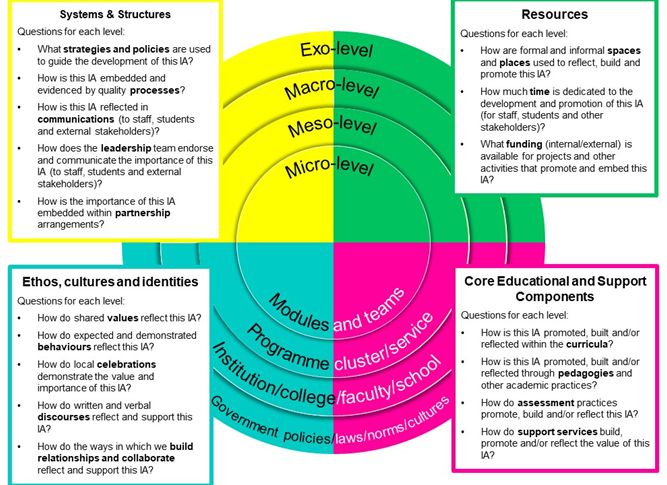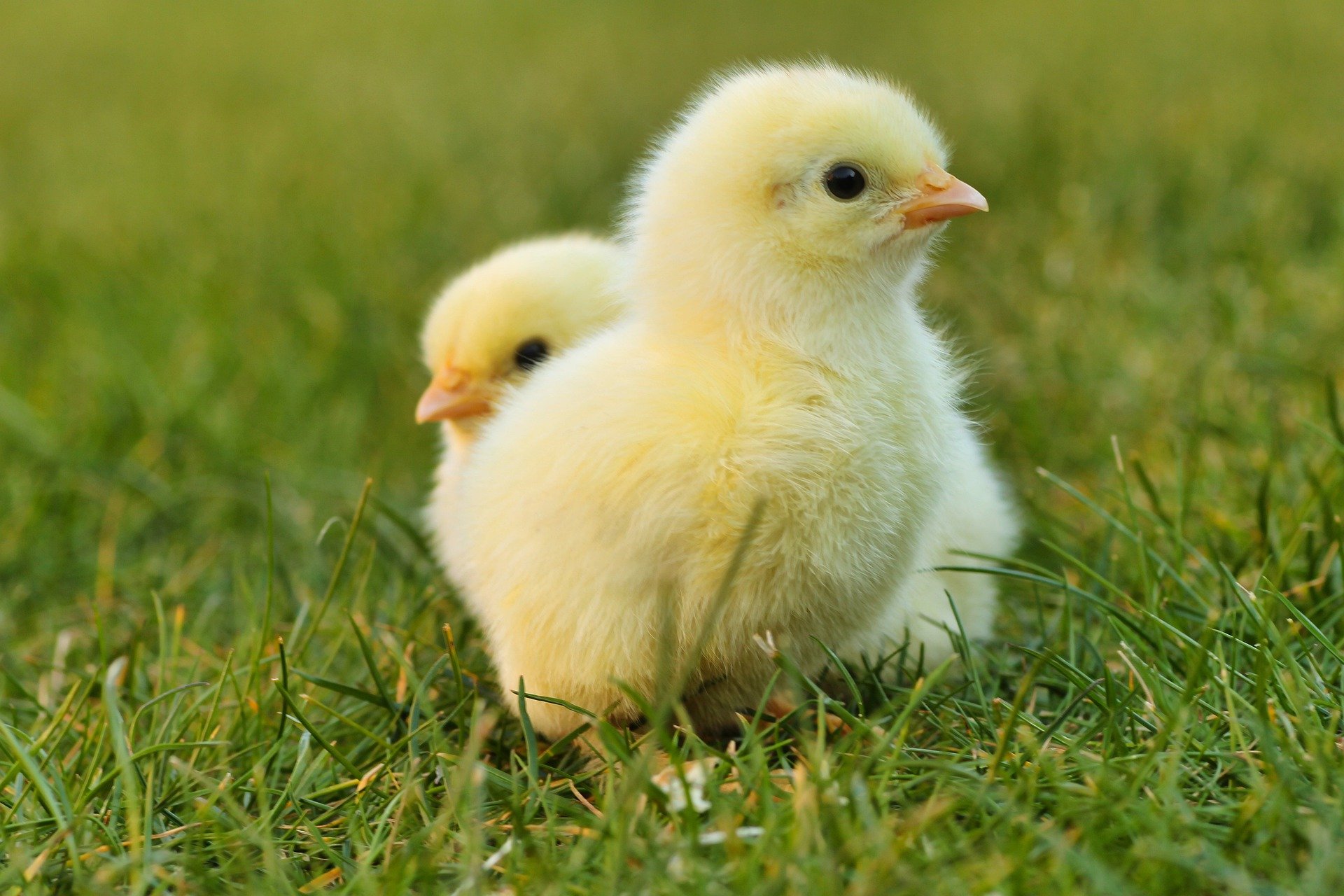27 April 2021
Blog Three: Places, Spaces and Resilient Academic Leadership

Authors
Dr Alison Nimmo
Head of Academic Development, Glasgow Caledonian University
Dr Fiona Smart
Head of Learning and Teaching, Edinburgh Napier University
We have been troubling the intangible that is resilience in our Principal Fellow Collaborative Cluster. Our gatherings thus far have enabled us to appreciate that both resilience and resilient academic leadership are slippery and therefore hard to grab hold of - hence the use of proxies and metaphors, including the now infamous use of knicker elastic, to try and pin down the meaning behind the word(s).
And so we came into our third online gathering on 11 March 2021 tasked with trying to place ourselves in the bottom right hand quadrant of the Evidencing Value Framework.

To help focus our minds, the Principal Fellows (PFs) engaged in planned pre-work by responding to four questions and posted our responses in advance in a pre-prepared Jamboard. The four questions were:
- How have you been designing or planning to design the curricula to embed resilience as an intangible asset?
- How have you been promoting resilience in pedagogies and other academic practices?
- How have you been promoting or developing assessment practise to build and reflect resilience?
- How have you been promoting or developing support services to reflect the value of resilience?
To inject some playfulness into the pre-work (but also to facilitate anonymity when presenting the data), as well as writing a sticky note for each answer, we each selected an image from a selection available in the Jamboard which again had been pre-prepared. Choices included:
Seven of us were able to come into the gathering; one person who wasn’t able to be there still posted answers to the questions, adding further data into the mix. Having identified in advance how we were promoting resilience in the curriculum, we used the online gathering to explore where our action was/is taking place. In turn, we used the space of the bottom right-hand quadrant to place ourselves within the layers of the EVF – micro, meso, macro and exo.
And it is here, in our placings of ourselves within and across the different layers of the EVF, that we can add to our reflections thus far in respect of resilience and resilience academic leadership in our PF community. Perhaps counterintuitively, in times of crisis (COVID 19, for example), PFs are not always to be found in the macro or even exo layers of the eco system. For good reason, although their PF recognition was for academic leadership demonstrated at an institutional, national or international context, their practice might be most impactful in the micro and/or meso spaces – close to the students and their colleagues. As we talked about the places we had been operating within, there was conversation about roles we had played out in module and programme spaces. In thinking about this, we were drawn back into the literature about building resilient communities which not uncommonly features focus on natural disasters such as tsunamis and earthquakes. From within it, this particular quote reached out to us.
This article explores the idea of community as it relates to the concept of resilience. It focuses on community both as context (local environments providing a set of risk and protective factors that have an influence on the well-being of community members) and as collective actors that can exhibit resilience in themselves by organizing and acting in response to adversity.(Chaskin, 2008, p65)
Perhaps it was both inevitable and right that in the wake of the COVID-19 crisis, PFs have found their places in communities where – from within – they might work with others to resist the worst of the disaster, mitigating risk and adding layers of protection into fragile spaces. Ensuring strength and enabling resilience at the levels of the micro and meso layers may actually have contributed hugely to the capacity of the institution as a whole to withstand the onslaught on the pandemic.
The risk is that their action in those spaces might have gone unnoticed. But maybe this does not matter. For now, we leave it as a thought to contemplate that the agency of PFs and their resilient academic leadership may have taken many forms in the time since March 2020, and not all will have been at the centre of strategic decision making; the macro or exo layers of the EVF.
Our third gathering closed with a post-activity set in a Padlet space, where we set ourselves a challenge to share non-word understandings of resilient academic leadership.
Viewing ourselves as resilient academic leaders can be challenging. One way to unlock this is to think about something that represents what it feels like, looks like or sounds like to be a resilient academic – it could be a poem, an image, a piece of music .... anything ... whatever works for you.
Knowing how hard it can be to find the words which speak to us, we are using this alternative approach to finding resilience and unlocking how we see ourselves as PFs being resilient academic leaders, bouncing back, and bouncing forwards from difficulties over the last period. The extract below provides a quick insight into some ideas we are sharing currently.
We will return to our learning from the Padlet contributions, knowing that there there are echoes there from previous reflections on the slippery constructs of resilience and resilient academic leadership and new ideas – balance and noise being two. For now, we acknowledge that the images, words and music have added further depth to our explorations.
As we close this third Resilient Academic Leadership Insight, we ask that you join us and contribute an idea on our Finding resilience without words Padlet in considering the places and spaces occupied by academic leaders since March 2020 and the extent to which those which have lacked the most visibility may have been the most important.
Reference
Chaskin, RJ (2008) Resilience, Community, and Resilient Communities:
Conditioning Contexts and Collective Action, Child Care in Practice, 14:1, pp65-74







